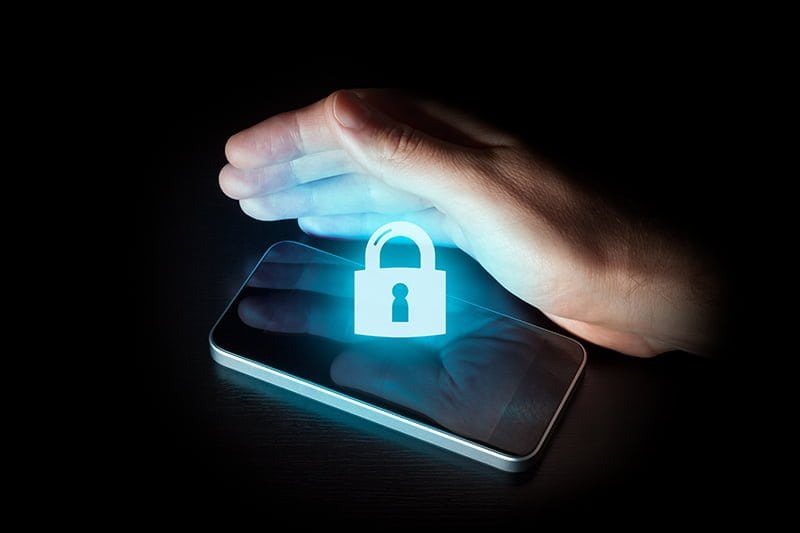A 5G mobile network — or “fifth generation,” what it stands for — will be launching to a wildly different market and landscape than the technologies before it. This is primarily due to the matter of cybersecurity and the handling of sensitive and private information in today’s world.
Table of Contents
Toggle4G and LTE technologies, for example, came out at a time when security concerns were more relaxed. That’s not to say security was any less important — it’s always been a critical element of any network. However, in terms of preparation and adoption, all the older technologies had fewer requirements.
This can also be attributed to the improvements and boons that the next-generation wireless technology will offer. Because 5G will be both stronger and faster, that means it can accommodate many more devices and hardware — including the Internet of Things (IoT) — which will result in a bandwidth increase, as well as a completely new and evolved threat landscape. It’s no secret that with more devices, more connections, and more data flowing, the risks will continue to climb.
New Uses Amount to New Security Threats
The new security threats and risks that will be introduced in the commercial 5G market alone are considerable. But when you look at emerging technologies that will require connected, always-on and wireless access, you really start to understand the nature of the game.
For example, driverless vehicles and autonomous transports will need to have constant access to a network and trove of veritable data. As they operate, they’ll need to analyze and compare information coming in with data stored in various algorithms and cloud systems to make split-second decisions. Should the vehicle brake for the object or shape that’s currently moving across the road, for instance? Knowing the difference between a small pedestrian and a flowing plastic bag is incredibly important.
But if those connections are not secure — particularly in regards to autonomous vehicles — the risks and dangers will be immense.
It’s not just a concern for consumer-grade devices either. We’re talking about a more capable network that can handle medical identity and analytics devices, wearables for health, biometrics for authentication, smart home and smart city tech and much more. To lock down future technology including IoT devices and hardware, the network itself needs to be just as secure as the equipment being used.
Cloud and virtualization technologies will also become more prominent, as well as software-defined networking (SDN) and network functions virtualization (NFV) systems. It’s important to remember that while reliable, these systems are incredibly open and programmable which introduces even more security concerns.
All of this, every new threat or risk, exacerbates the need for core security and protection protocols at the very heart of the network. 5G will be decidedly robust but even more vulnerable than technologies before it. It is up to us, the collective IT, software engineers and technical professionals to ensure that it’s as secure and locked down as possible.
What’s the Future Plan?
Of course, the actions and decisions of the current administration are not making the security process easier for anyone. So, what’s the solution?
According to Cisco — considered an authority in the market — there are five primary attributes that 5G networks will need to focus on in order to boost security:
- Threats must be prevented, mitigated, and dealt with using basic preventative measures such as firewalls, administrative controls, intruder detection systems and more.
- Advanced malware and spyware must be spotted early and eliminated as soon as possible. This calls for the use of signature-based and advanced heuristics detection tools.
- Through analytics and network monitoring, anomaly detection must become more precise and accurate than ever before. Packet capture, data analytics, machine learning and basic filters will form the basis of this security element.
- DNS intelligence including DNS activity tracking is incredibly important and will need to become more reliable.
- Threat intelligence protocols are absolutely paramount to security and privacy. Network professionals and engineers will need to closely study hackers and understand what they’re after and how they obtain that information.
Of course, these components of modern security are just the start. The entire industry will need to be vigilant and innovative if we plan to keep the future networks — and devices that surf them — secure and protected.




